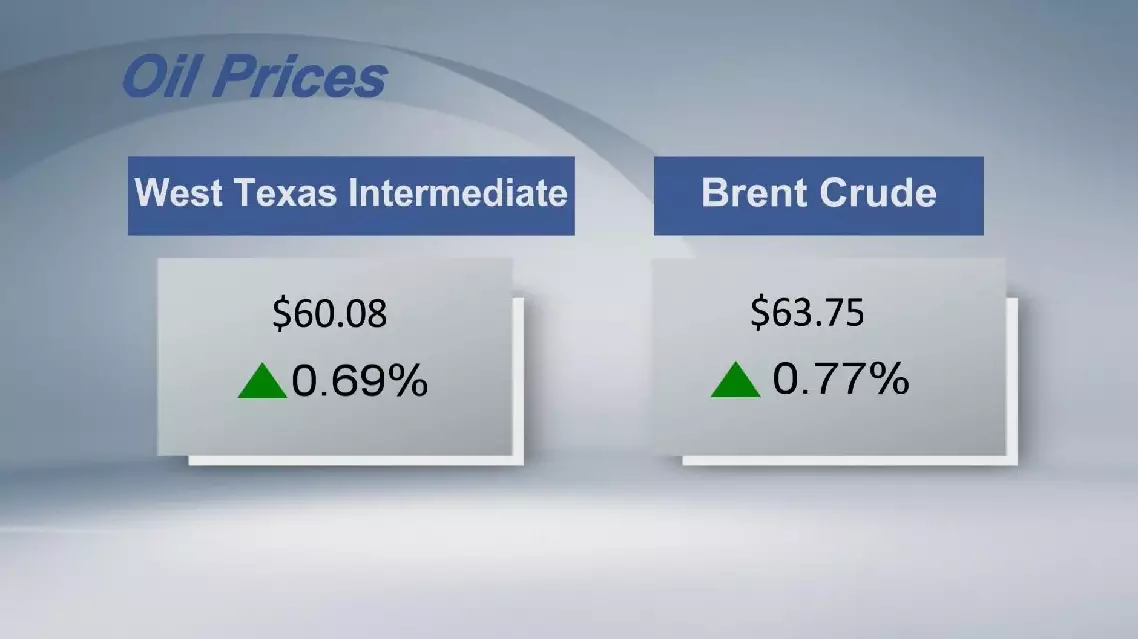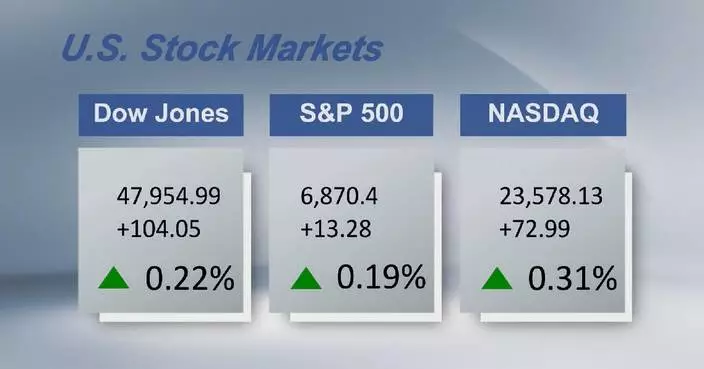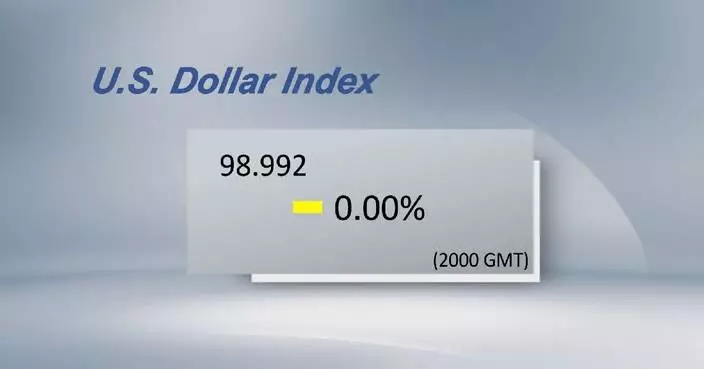World economic growth is projected to slow to 2.4 percent in 2025, down from 2.9 percent in 2024, due to heightened trade tensions and policy uncertainty, according to a mid-year update of the 2025 World Economic Situation and Prospects report of the United Nations, which was released on Thursday.
The latest global economy forecast is 0.4 percentage points below the January forecast.
The global economic outlook has deteriorated significantly since the January 2025 forecast. Sweeping United States tariff announcements and counter-announcements, along with heightened policy uncertainty have eroded global growth prospects, said the UN report.
In terms of international trade, global trade growth is projected to decline sharply from 3.3 percent in 2024 to 1.6 percent in 2025, said the report.
The economic slowdown and persistent weakness in global investment growth will drag down employment and wage growth, according to the report.
The report also emphasized that policy coordination and international cooperation are particularly crucial for stabilizing the global economy and promoting sustainable development as the current world economy is facing high uncertainty.

UN forecasts global economic growth to slow to 2.4 pct in 2025

UN forecasts global economic growth to slow to 2.4 pct in 2025

UN forecasts global economic growth to slow to 2.4 pct in 2025

UN forecasts global economic growth to slow to 2.4 pct in 2025









